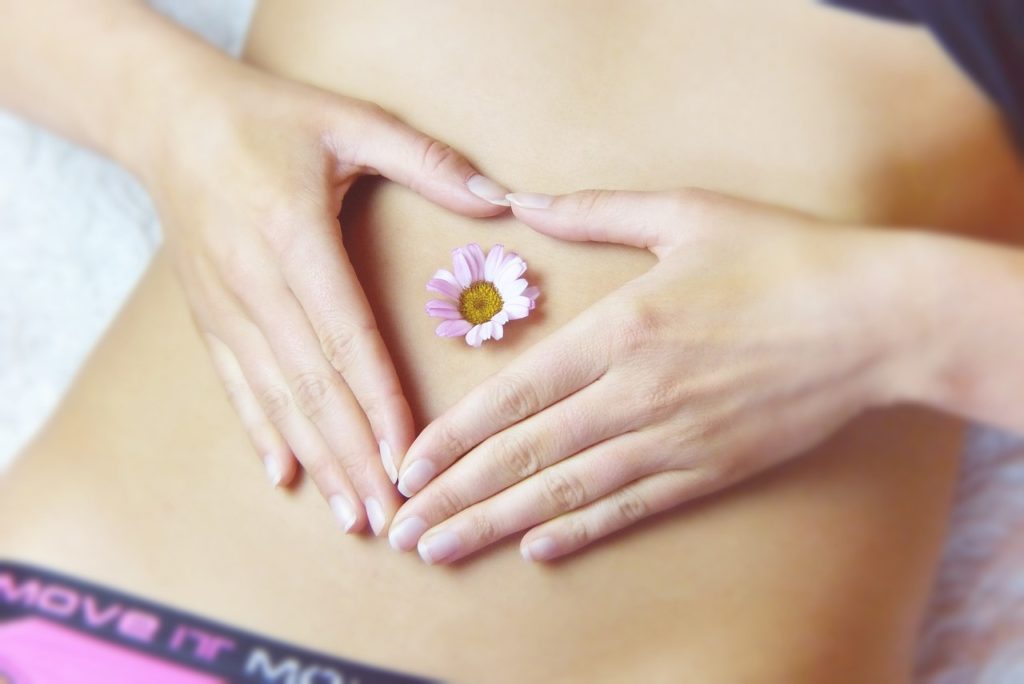Increasing progesterone can be done in many ways. From a naturopathic perspective, ensuring the building blocks for making progesterone are fun in the diet is important, however examining social bonds is by far the most interesting way of increasing progesterone I’ve come across.
To understand this concept we first need to learn about oxytocin. Oxytocin is both a hormone and neurotransmitter. Research shows that stimulating oxytocin has been shown to increase production of salivary progesterone.
Situations in which we feel extremely close to another (e.g. birth of a child, new partner) have been shown to trigger oxytocin release; the situation does not even have to be of great magnitude for us to release oxytocin, even perception of another’s trust leads to higher levels of circulating oxytocin in the observer.
In a study designed to examine the role of closeness and progesterone, 160 women were split into two groups. The group designated to the task designed to increase closeness between partners were asked to answer a range of questions, for example:
“Given the choice of anyone in the world, whom would you want as a dinner guest?”
&
“What is the greatest accomplishment of your life?”.
The participants in the control group were told that their task was to proofread an article together with the goal of correcting as many errors as possible.
Those exposed to the task designed to increase their closeness to one another had higher levels of progesterone relative to those in the control group exposed to the neutral task.
This was hypothesised to be due in part to increased oxytocin release as a result of feeling close to their partner in the group task.
So if you’re a woman suffering from low progesterone, consider your social bonds:
-Who you surround yourself?
-Do you feel close with those you surround yourself with the majority of the time?
-How can you get to know people on a deeper level, to actively increase your oxytocin levels & subsequently your progesterone levels.
Ref: https://www.ncbi.nlm.nih.gov/pmc/articles/PMC2699766/




